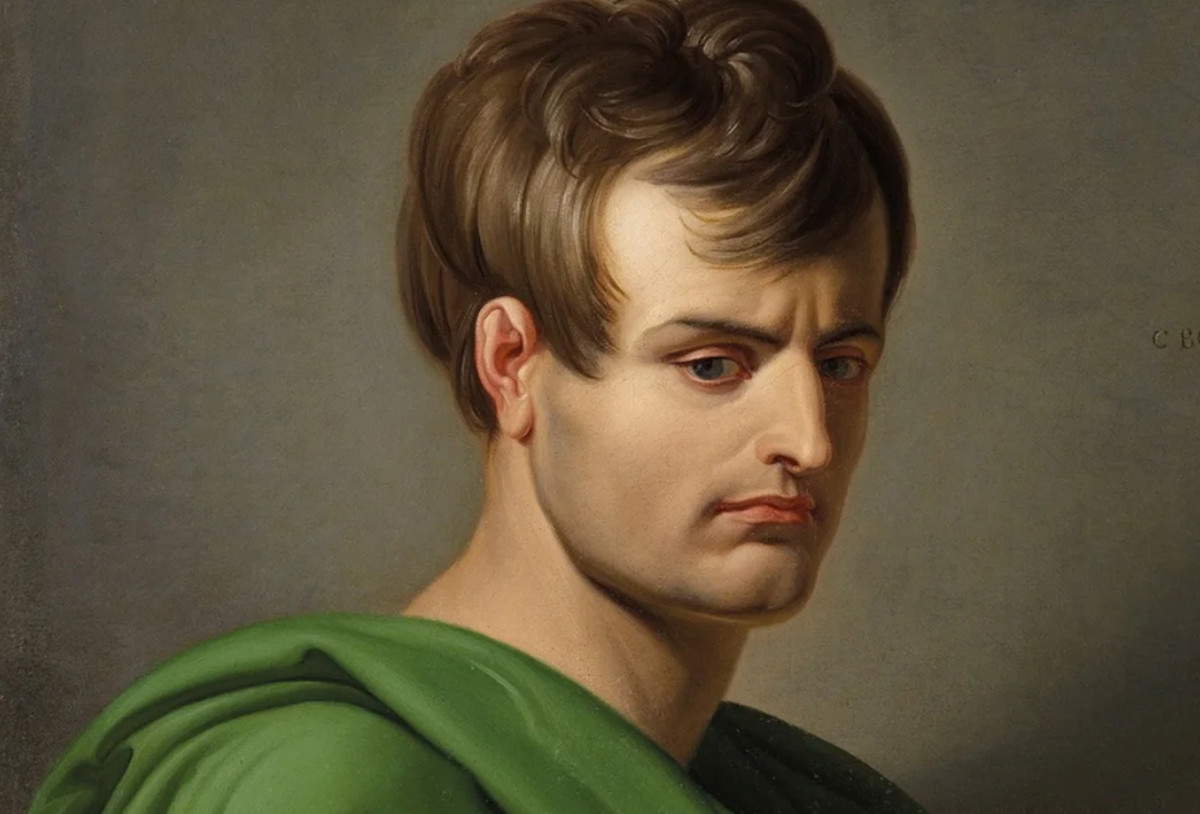The Gallerie d’Italia in Milan presents from November 28, 2025 to April 6, 2026 the exhibition Eternity and Vision. Rome and Milan Capitals of Neoclassicism, curated by Francesco Leone, Elena Lissoni and Fernando Mazzocca, under the patronage of the City of Milan in partnership with the Bibliothèque nationale de France. The exhibition focuses on a crucial period in Italian history, between 1796, the year Napoleon entered Italy, and 1815, marked by the defeat of Waterloo and the Congress of Vienna. In these two decades, profound political, economic and social transformations swept the entire country, leaving a decisive imprint on the artistic scene as well.
While centers such as Florence, Venice, Genoa and Naples went through a phase of decline, Rome and Milan emerged as exceptions. Rome, on the strength of the millennial stratification of Antiquity and the great legacy of the Renaissance, remains an international point of reference and continues to attract artists from all over the world, nurturing a vibrant economic fabric made up of studios and manufactures specializing in bronzes and mosaics. Milan, for its part, is experiencing a season of extraordinary modernization, yet always projected into the magnificence of antiquity.
The exhibition reconstructs this creative season, comparing the highest achievements of the two cities, both turned toward modern Europe but deeply rooted in their past, from which they drew sap and prestige. Two figures linked by a relationship of deep friendship stand out at the center of the itinerary: Antonio Canova and Giuseppe Bossi, a cultured and refined painter, expert connoisseur of Leonardo and founder of the Pinacoteca di Brera.
Antonio Canova’s masterpiece thought to be lost, the large horse model currently undergoing an exceptional restoration, will be on display. Alongside it, works by Bossi, Canova himself and Andrea Appiani will help tell the story of the birth of the modern image of Italy, which later became popular iconography thanks precisely to their genius.
The exhibition itinerary also evokes one of the most ambitious architectural interventions of the time: the design of the Foro Bonaparte, conceived by the Bolognese Giovanni Antonio Antolini. Although never realized, this grandiose plan marked in a profound way the transformation of Napoleonic Milan, orienting it toward a modern urban model that was at the same time permeated by the grandeur of antiquity. In that idea, Milan aspired to become a new Rome, pursuing the ideal horizon of classicism.
Another section, however, will be dedicated toNapoleon’s coronation as king of Italy in Milan Cathedral, reconstructed through the “Honors of Italy”: the mantle, crown, scepter and other objects used in the ceremony, restored in 2022 as part of the 19th edition of Restituzioni promoted by Intesa Sanpaolo.
Image: Giuseppe Bossi, Napoleon leaning on the globe, detail (1806; oil on canvas, 98.5 x 74.5 cm; Private collection)
 |
| Milan, an exhibition at Gallerie d'Italia celebrates Rome and Milan as capitals of Neoclassicism |
Warning: the translation into English of the original Italian article was created using automatic tools. We undertake to review all articles, but we do not guarantee the total absence of inaccuracies in the translation due to the program. You can find the original by clicking on the ITA button. If you find any mistake,please contact us.